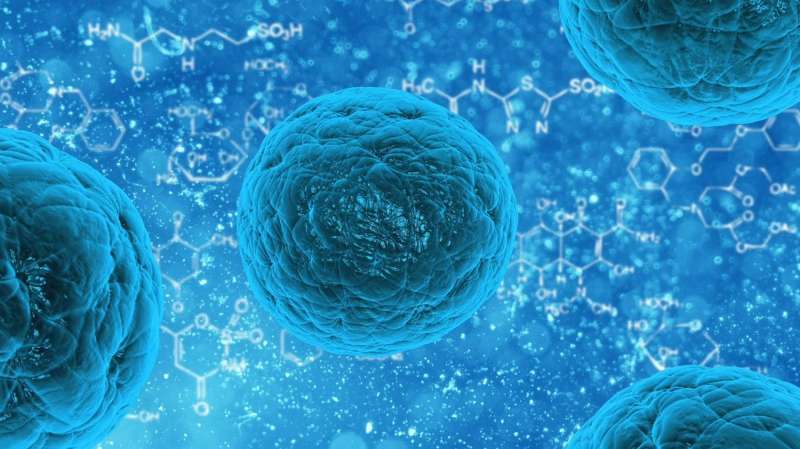Leveraging outer space to advance stem cell science and medicine


The secret to producing large batches of stem cells more efficiently may lie in the near-zero gravity conditions of space. Scientists at Cedars-Sinai have found that microgravity has the potential to contribute to life-saving advances on Earth by facilitating the rapid mass production of stem cells.
A new paper, led by Cedars Sinai and published in the peer-review journal Stem Cell Reports, highlights key opportunities discussed during the 2020 Biomanufacturing in Space Symposium to expand the manufacture of stem cells in space.
Biomanufacturing—a type of stem cell production that uses biological materials such as microbes to produce substances and biomaterials suitable for use in preclinical, clinical, and therapeutic applications—can be more productive in microgravity conditions.
“We are finding that spaceflight and microgravity is a desirable place for biomanufacturing because it confers a number of very special properties to biological tissues and biological processes that can help mass produce cells or other products in a way that you wouldn’t be able to do on Earth,” said stem cell biologist Arun Sharma, Ph.D., research scientist and head of a new research laboratory in the Cedars-Sinai Board of Governors Regenerative Medicine Institute, Smidt Heart Institute and Department of Biomedical Sciences.
“The last two decades have seen remarkable advances in regenerative medicine and exponential advancement in space technologies enabling new opportunities to access and commercialize space,” he said.
Attendees at the virtual space symposium in December identified more than 50 potential commercial opportunities for conducting biomanufacturing work in space, according to the Cedars-Sinai paper. The most promising fell into three categories: Disease modeling, biofabrication, and stem-cell-derived products.
The first, disease modeling, is used by scientists to study diseases and possible treatments by replicating full-function structures—whether using stem cells, organoids (miniature 3D structures grown from human stem cells that resemble human tissue), or other tissues.
Investigators have found that once the body is exposed to low-gravity conditions for extended periods of time, it experiences accelerated bone loss and aging. By developing disease models based on this accelerated aging process, research scientists can better understand the mechanisms of the aging process and disease progression.
“Not only can this work help astronauts, but it can also lead to us manufacturing bone constructs or skeletal muscle constructs that could be applied to diseases like osteoporosis and other forms of accelerated bone aging and muscle wasting that people experience on Earth,” said Sharma, who is the corresponding author of the paper.
Another highly discussed topic at the symposium was biofabrication, which uses manufacturing processes to produce materials like tissues and organs. One of the core biofabrication technologies is 3D printing.
A major issue with producing these materials on Earth involves gravity-induced density, which makes it hard for cells to expand and grow. With the absence of gravity and density in space, scientists are hopeful that they can use 3D printing to print unique shapes and products, like organoids or cardiac tissues, in a way that can’t be replicated on Earth.
The third category has to do with the production of stem cells and understanding how some of their fundamental properties are influenced by microgravity. Some of these properties include potency, or the ability of a stem cell to renew itself, and differentiation, the ability for stem cells to turn into other cell types.
Understanding some of the effects of spaceflight on stem cells can potentially lead to better ways to manufacture large numbers of cells in the absence of gravity. Scientists from Cedars-Sinai will be sending stem cells into space early next year, in conjunction with NASA and a private contractor, Space Tango, to test whether it is possible to produce large batches in a low gravity environment.
Source: Read Full Article